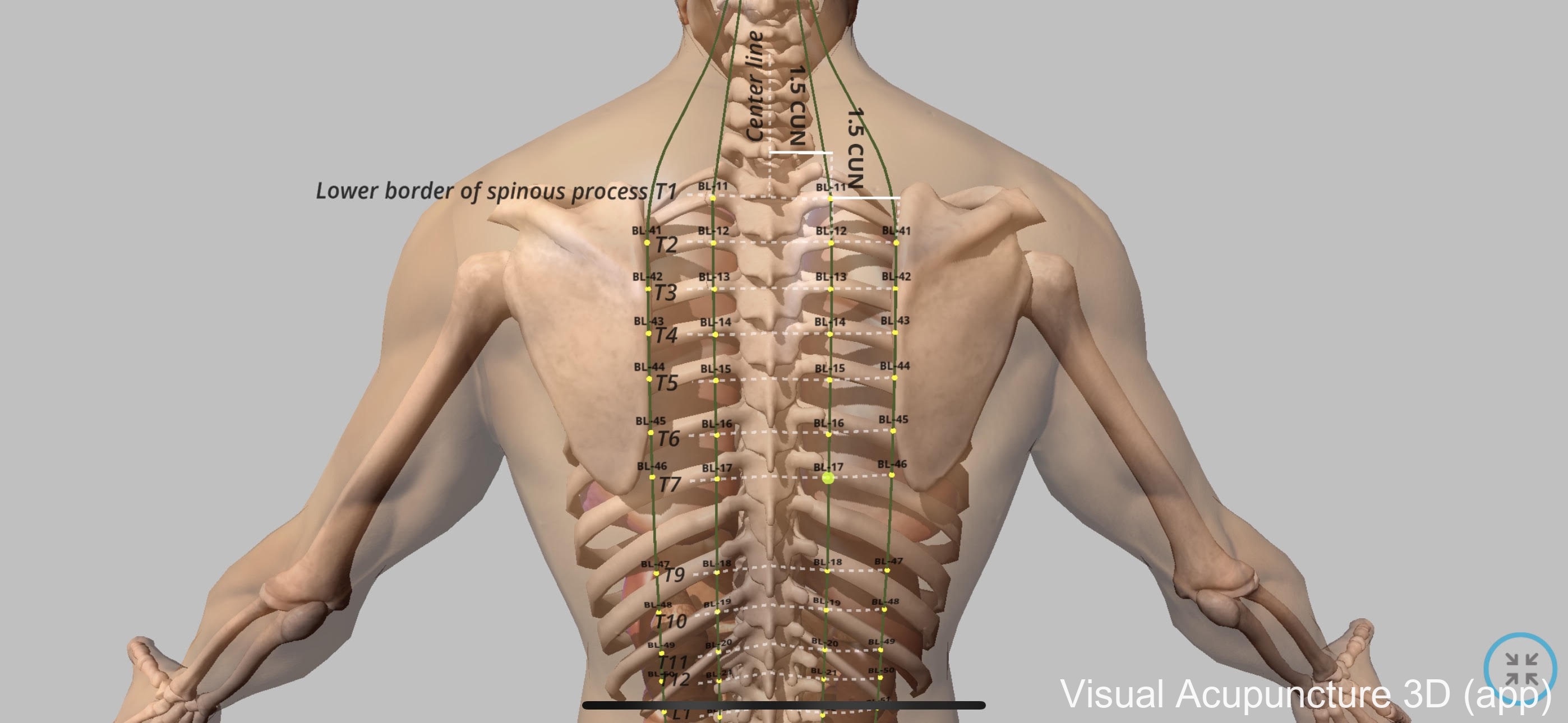
Acupuncture, a traditional Chinese healing practice, has been used for centuries to restore balance and harmony to the body. In conventional acupuncture treatments, fine needles are inserted into specific points located along meridians, or energy pathways, on the body in order to stimulate the flow of qi (energy). While there is still much research yet to be done, it is generally accepted that there are over 400 acupuncture points that can be targeted for various therapeutic effects.
However, despite their abundance and significance within Chinese medicine, locating these acupuncture points can sometimes prove difficult. This is because small variations exist between individuals depending on age and sex; positioning of the limbs; layer of muscle mass; fat deposits; even skin texture or thickness. As such, this requires practitioners to be highly skilled and to have a keen knowledge of anatomy in order to effectively pinpoint the correct acupuncture points. Furthermore, even when located, it can take much practice and experience to accurately determine how deep the needle should be inserted, as well as which direction it should go in.
SELECTING ACUPUNCTURE POINTS
Acupuncture points are chosen based on their indications and functions, as well as the location of the pain or condition. For example, some points are used to relieve pain, while others are used to improve circulation or boost the immune system. Some points are used to treat specific conditions, such as headaches or menstrual cramps, while others are used to promote overall wellness.
It's important to note that the selection of acupuncture points is not a one-size-fits-all approach, and the practitioner may use different points for the same condition depending on the patient's individual needs. Furthermore, the practitioner may also use a combination of points from different meridians to achieve the desired effect.

ANATOMICAL LANDMARKS
Anatomical landmarks can be used to identify the general location of an acupoint before it is needled. For example, the LI-4 acupoint, which is located on the hand, can be found by locating the highest point of the muscle between the thumb and index finger when the thumb is brought towards the palm. Additionally, practitioners can use bony landmarks such as the spinous processes of the vertebrae to locate points along the back.

CUN MEASUREMENTS
Cun is a measurement unit used in acupuncture to locate specific points on the body. It is based on the width of the patient's thumb at the proximal interphalangeal joint, which is the joint closest to the base of the thumb. The width of the thumb is typically about 1 cun, and this measurement is used as a reference point for locating other points on the body.
When locating an acupuncture point, an acupuncturist will typically use a chart or guide that shows the distance from a specific landmark, such as a bone or muscle, to the point in cun measurements. For example, a point may be located 4 cun from a specific landmark. This means that the point is located 4 times the width of the patient's thumb from the landmark.
Cun measurement is used to locate points accurately and consistently, but it's important to note that the size of the thumb can vary from person to person and can affect the location of the point. Therefore, acupuncturist should make sure to use the cun measurement of each patient individually.

LEARNING TOOLS
Learning acupuncture point locations can be a complex task, but with the right resources and technology it can become easier. The use of charts and diagrams is a great way to visually learn point location by seeing the points in relation to each other and to other key features such as bony landmarks. To make the learning process even easier, we have developed an interactive 3D app that allows users to quickly and easily learn the points. The app offers a detailed overview of acupuncture points and meridians in 3D so that users can gain a better understanding of complex point locations without needing to manually trace diagrams. With this user-friendly technology, learning acupuncture point locations is now simpler than ever before.
CONCLUSION
By understanding how to select acupuncture points, identify anatomical landmarks and use cun measurements for accurate point location, acupuncturists can provide more effective treatments for their patients. To make learning acupuncture point locations easier than ever before, our 3D app offers a detailed overview of each point in 3D so you can quickly understand complex point locations. Download our app today and start learning acupuncture points like never before!
